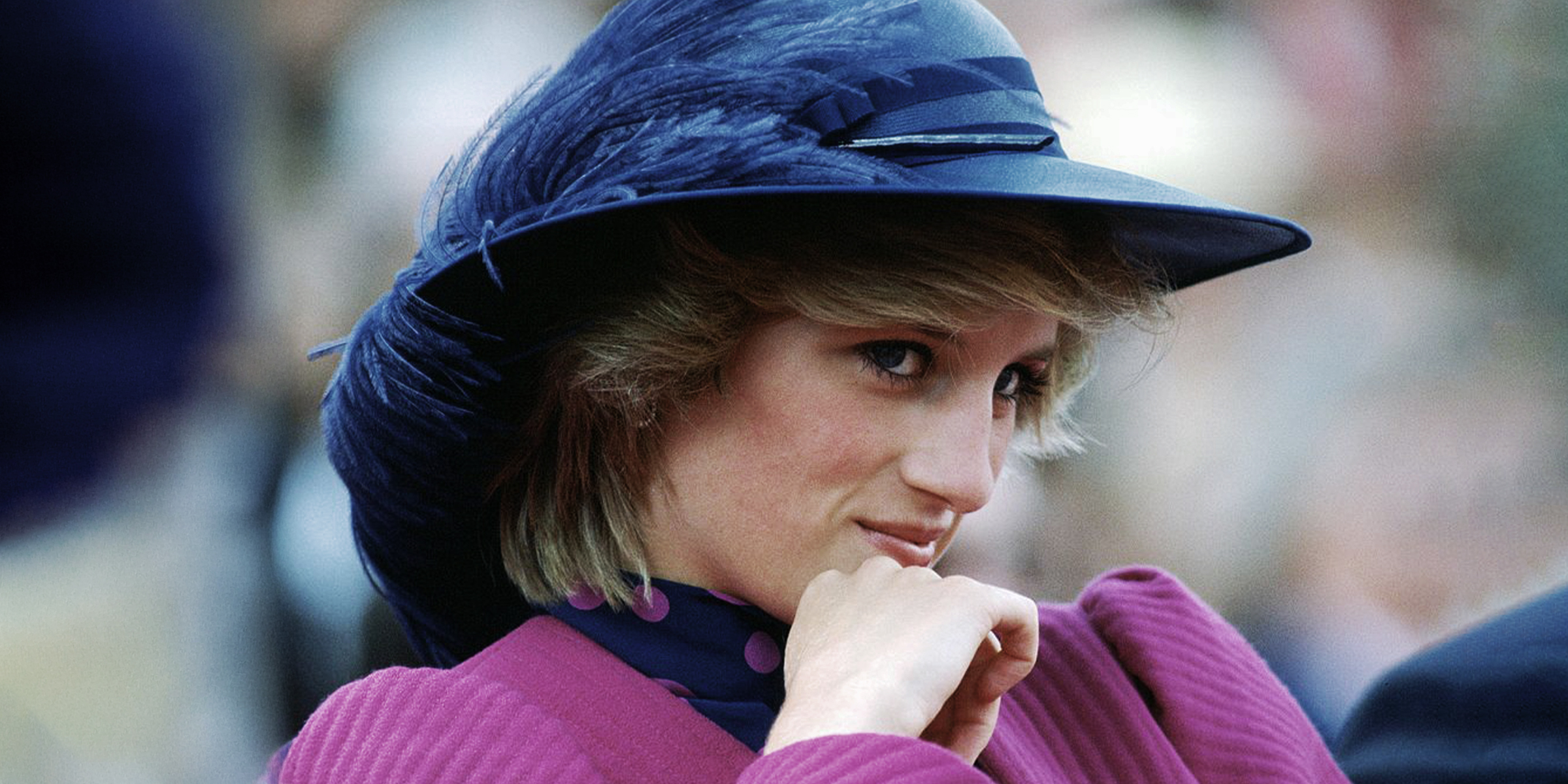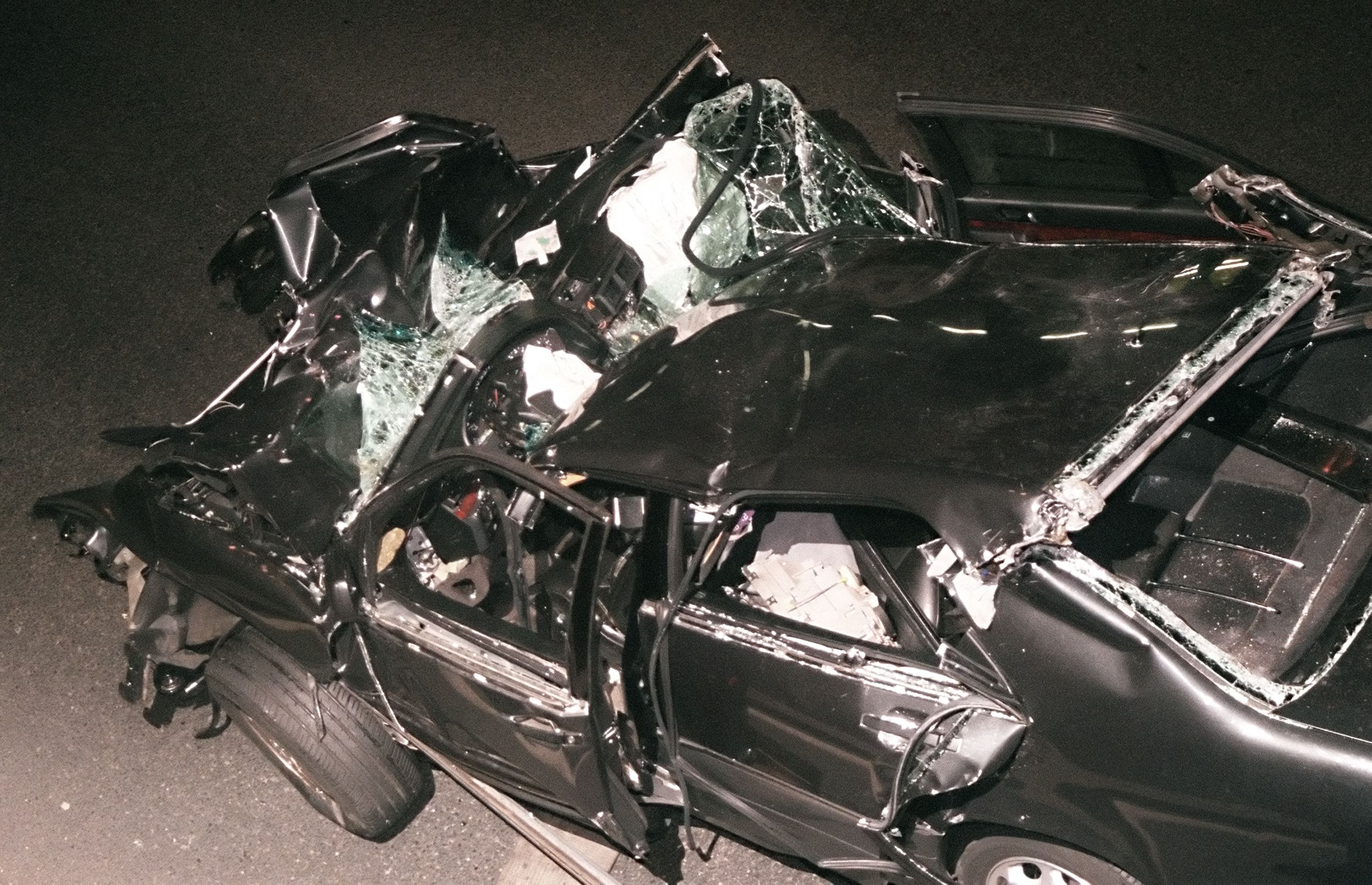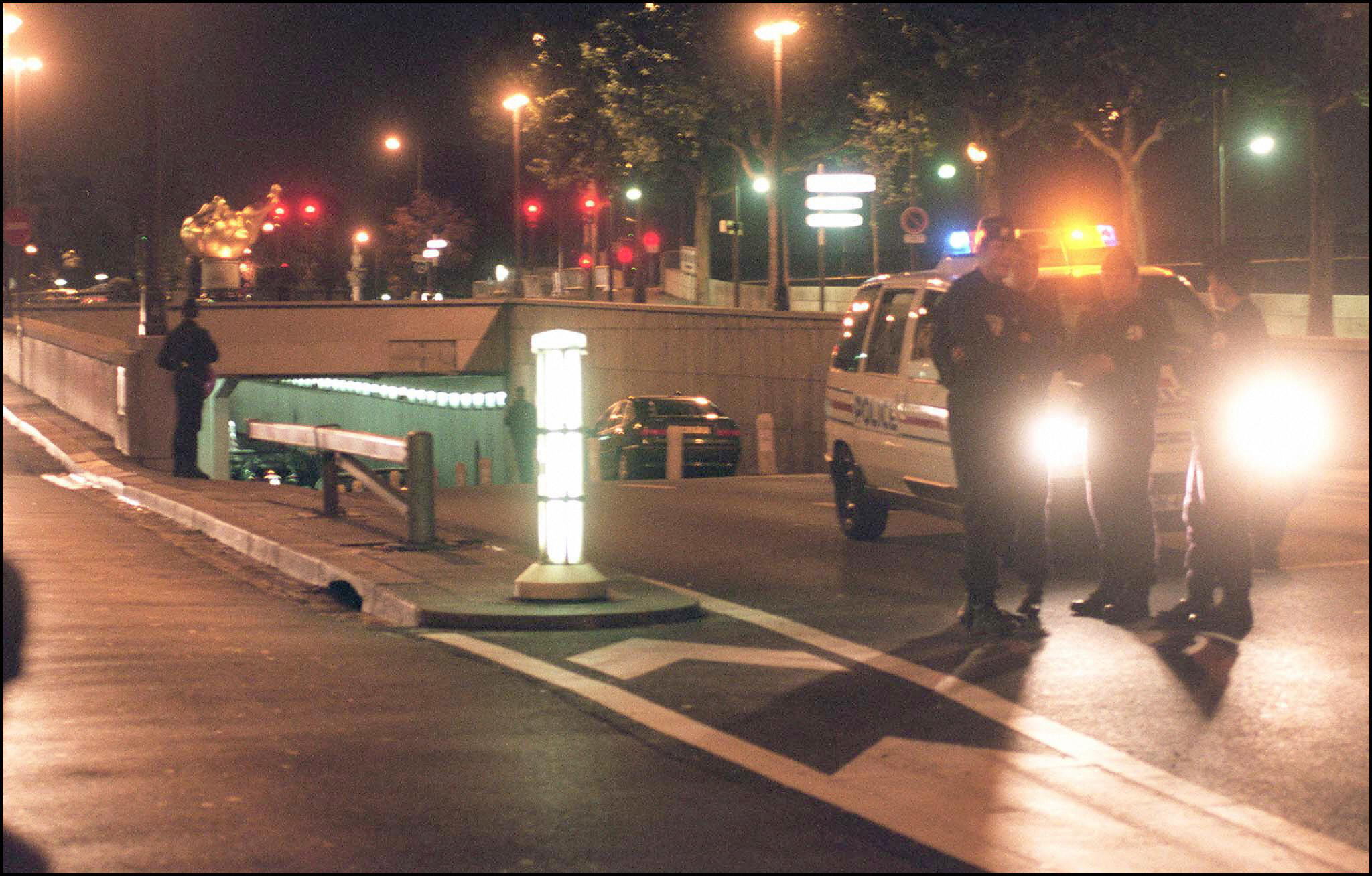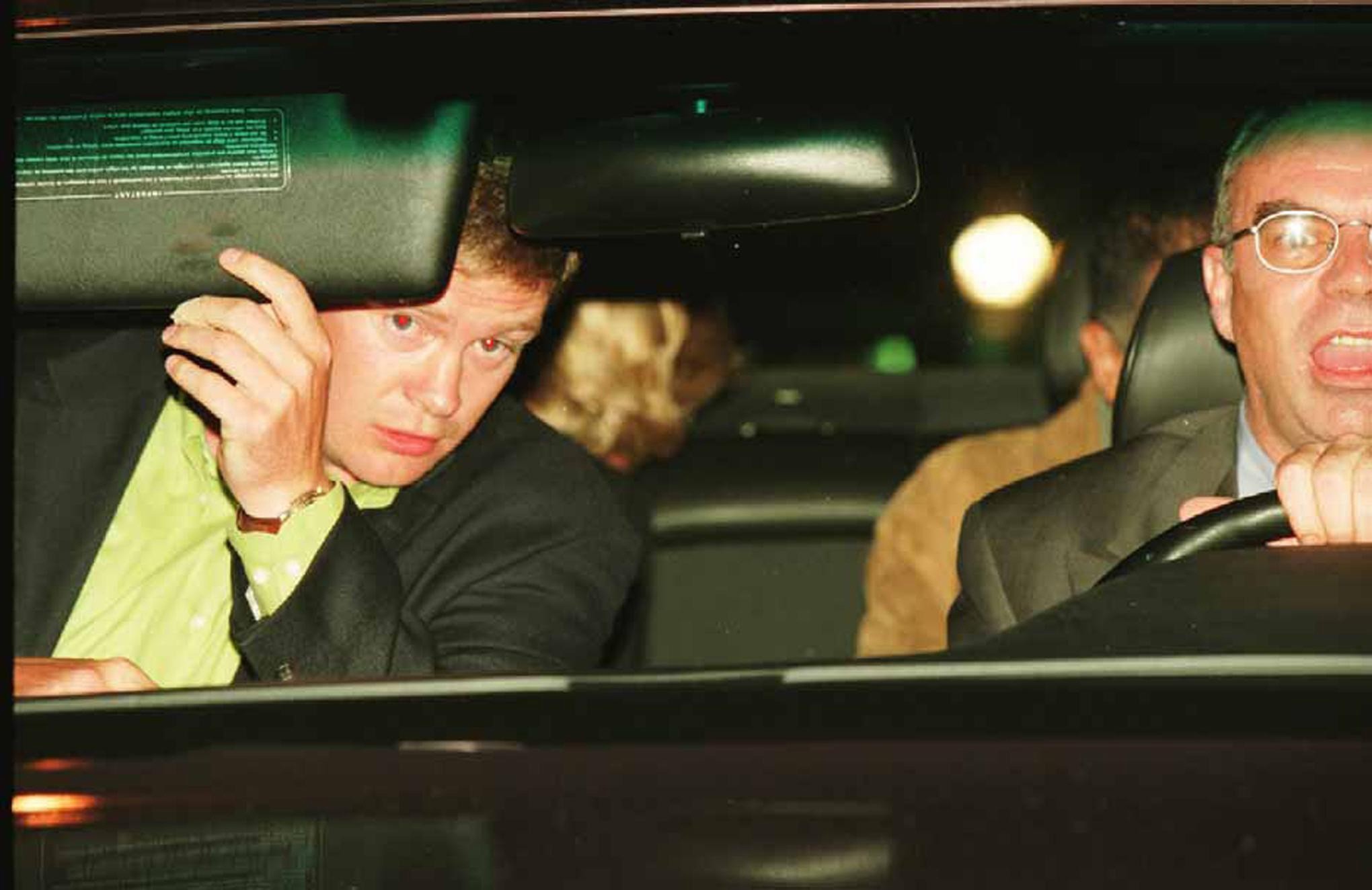
Princess Diana's 'Rambo' Bodyguard Has Died – Why He Believed He Could Have Saved Her
The late royal's former security officer recently passed away after a serious health issue. Before his death, he reflected on a specific safety measure he believed might have played a role in her tragic end.
Princess Diana's former bodyguard, Lee Sansum, who once opened up about his time with her in his book, "Protecting Diana: A Bodyguard's Story," has sadly passed away.
Lee's recent passing was shared by his wife, Kate Sansum, through a moving message on Facebook posted on May 18, 2025. Alongside treasured snapshots of their life together, she wrote:
"Since meeting in 1998 Lee Sansum has been my soul mate, hero and most amazing man in my world. So I'm devastated to share that he is no longer with us. He had a fatal heart attack on Saturday morning at home."
Kate expressed that Lee's strong presence would be deeply missed both at home and around the world. She emphasized that the love he gave and the wisdom he passed on had created a lasting legacy. To her, he would always be cherished, and her love for him remained stronger than ever.
Long before the heartbreaking news of his death, Lee had shared details about his connection with Princess Diana — whom he described as "normal and very deliberate" — in his book "Protecting Diana: A Bodyguard's Story."
She affectionately called him "Rambo," a name that reflected the trust and comfort she found in his presence. During their quiet talks, she confided in him about her deepest fears and hopes for the future.
Years after her passing, Lee firmly believed that things might have ended differently had he been by her side on the night she died with Dodi Fayed in a tragic car crash in Paris on August 31, 1997.
Lee once explained in an interview that security arrangements for that night were decided by drawing straws to see who would ride with bodyguard Trevor Rees-Jones. He remembered losing that draw, noting:
"It could have been me in that car."
He pulled the longer matchstick — an outcome that kept him from joining the doomed ride. That narrow escape haunted Lee, especially when he thought about what came next.
"When I learned they were not wearing seatbelts in the crash I understood why they didn't survive. That shouldn't have happened," said Lee.
To him, that detail explained the devastating outcome. According to the martial arts champion, it went against standard safety measures that were usually enforced.
"It was standard practice for the family to wear seatbelts. It was an order sent down from the boss, Dodi's dad Mohamed Fayed. Dodi, in particular, hated wearing seatbelts and I always insisted on it," explained the former royal military policeman.
Lee had been tasked with protecting Dodi, an Egyptian film producer, and Princess Diana during their July 1997 stay at businessman Mohamed's 30-bedroom villa in St. Tropez.
Their time in the French Riviera came to a close as they made their way to Paris for what would be their final hours together. The Princess of Wales and Dodi had shared a quiet dinner in a private room at the Ritz Hotel.
A little after midnight, they got into a waiting Mercedes-Benz, presumably on their way to Dodi's home in the city. Despite the 30 mph speed limit, the vehicle sped toward the Pont de l'Alma tunnel at nearly 70 mph. Inside the tunnel, driver Henri Paul lost control and the car crashed into a central pillar.
The violent impact left the car nearly unrecognizable, and what followed inside the tunnel was both chaotic and haunting. Dr. Frederic Mailliez happened to be driving through the same underpass when he came upon the mangled Mercedes, smoke still rising from its frame.
He approached the wreck, opened the door, and found four people inside. Two showed no signs of life. The other two — both seated on the right — were in critical condition.
The man in the front was conscious and crying out in pain, but it was the woman in the back who needed urgent help. She was on her knees, head lowered, and struggling to breathe.
Dr. Mailliez rushed to his own vehicle to call for help and retrieve a respiratory bag. He later recalled that although the woman was unconscious, the device helped her gain some strength — though she remained unable to speak.
Someone near the crash told him that the victims spoke English, so he began speaking the language, letting them know he was a doctor and had called for an ambulance. He did his best to comfort the royal in those frantic moments.

A photo showing the wreckage of Princess Diana's car in the Alma tunnel on August 31, 1997, in Paris, France. | Source: Getty Images
As emergency crews arrived and the woman was rushed to the hospital, he remained at the scene — still unaware of the identity of the woman he had just tried to save.
Later, the world would learn what had happened — and so would he. The woman he had assisted in the backseat of the wrecked car was Princess Diana. Dr. Mailliez admitted in an interview that he didn't recognize her at the time:
"I realized she was very beautiful, but my attention was so focused on what I had to do to save her life, I didn't have time to think, who was this woman."

Police guarding an entrance of the Alma tunnel on August 31, 1997, in Paris, France. | Source: Getty Images
The weight of that night never left him. "I realize my name will always be attached to this tragic night," he said. Over time, the shock turned to questions — had he done everything he could?
Seeking answers, he consulted both medical experts and police investigators. According to them, he had done all that was possible.

A cameraman films the point of the fatal car accident on August 31, 1997, in Paris, France. | Source: Getty Images
Meanwhile, early reports painted only part of the picture — mentioning a concussion, a broken arm, and a cut on the royal's thigh. But the damage went far deeper. Princess Diana reportedly had serious chest injuries that proved critical.
For two hours, doctors worked to restart her heart, but their efforts could not undo the damage. She never regained consciousness and ultimately died from severe internal bleeding.
As the world mourned Princess Diana's death, the sole survivor of the crash, her bodyguard Trevor Rees-Jones, began to piece together the moments from that tragic night.
Months later, he recounted what he remembered. He recalled hearing a woman's voice from the back of the car, followed by Dodi's name. "It can only have been Princess Diana," he said.
Trevor also addressed rumors surrounding their driver, Henri. Despite post-mortem results indicating high alcohol levels, Trevor maintained that Henri appeared completely sober before they got in the car:
"If he had shown any signs of being drunk I would never have let him near our car."
Even five months after leaving the hospital, Trevor continued to carry the physical marks of that night, including a prominent scar that ran from his nostril across his cheek. Still, his health had seen a steady recovery.
While the visible scar on Trevor's face told part of the story, much of what was said about his condition after the crash turned out to be exaggerated.

Trevor Rees-Jones and Henri Paul in their Mercedes-Benz S280 on August 31, 1997, in Paris, France. | Source: Getty Images
Rumors about the severity of his injuries were widespread in the days that followed. In truth, although his face was badly crushed, the rest of his body was largely protected — thanks to the airbag in the front seat.
A French surgeon who treated him early on was confident in his recovery, even predicting he'd be fit enough to play rugby within a year. That forecast proved accurate. Two and a half years later, any sign of injury was barely noticeable.
Trevor's steady healing masked the intense battle he faced in the aftermath of the crash. He spent ten days in a coma and suffered extensive injuries — every bone in his face was broken, and he sustained trauma to his brain, leaving him with memory loss.
Surgeons used an old photograph to reconstruct his face, inserting around 150 titanium pieces during the process. After a month in hospital, Trevor returned to the U.K. At first, he could only whisper or write to communicate.
Years passed, and by 2022, he was seen publicly for the first time in half a decade. At age 54, he was photographed inside his BMW while waiting for his family outside a Morrisons supermarket. The exclusive images showed the former bodyguard living a quiet life in Shropshire — his past still marked on his face.
Though Trevor was spotted going about his day, the weight of his past still lingers — etched into both memory and appearance.
Around the same period, he was living with his wife and two children in a secluded home surrounded by several acres of land. The property, tucked behind secure gates, was purchased in 2018.
Since his recovery, Trevor had spent time working overseas and was believed to have made a significant income as a security director for Halliburton, a company based in Houston that was deeply involved in the Iraq conflict.
He returned to Shropshire five years earlier and later took on a senior security role at AstraZeneca, the pharmaceutical company known for producing one of the COVID-19 vaccines. On the day he was photographed, he remained inside his car while his family and dog shopped nearby.
A source described him as someone who leads a quiet life, "The enormity of what happened that night is still with him and the scars are visible. He certainly doesn't court publicity or speak much about it. He's tried to move on and get on with his life."
Lee's account shed light on Princess Diana's final days and safety concerns. The crash left lasting trauma for those involved. Trevor's survival came with visible and emotional scars. The tragedy continues to echo decades later.
news.AmoMama.com does not support or promote any kind of violence, self-harm, or abusive behavior. We raise awareness about these issues to help potential victims seek professional counseling and prevent anyone from getting hurt. news.AmoMama.com speaks out against the above mentioned and news.AmoMama.com advocates for a healthy discussion about the instances of violence, abuse, sexual misconduct, animal cruelty, abuse etc. that benefits the victims. We also encourage everyone to report any crime incident they witness as soon as possible.
